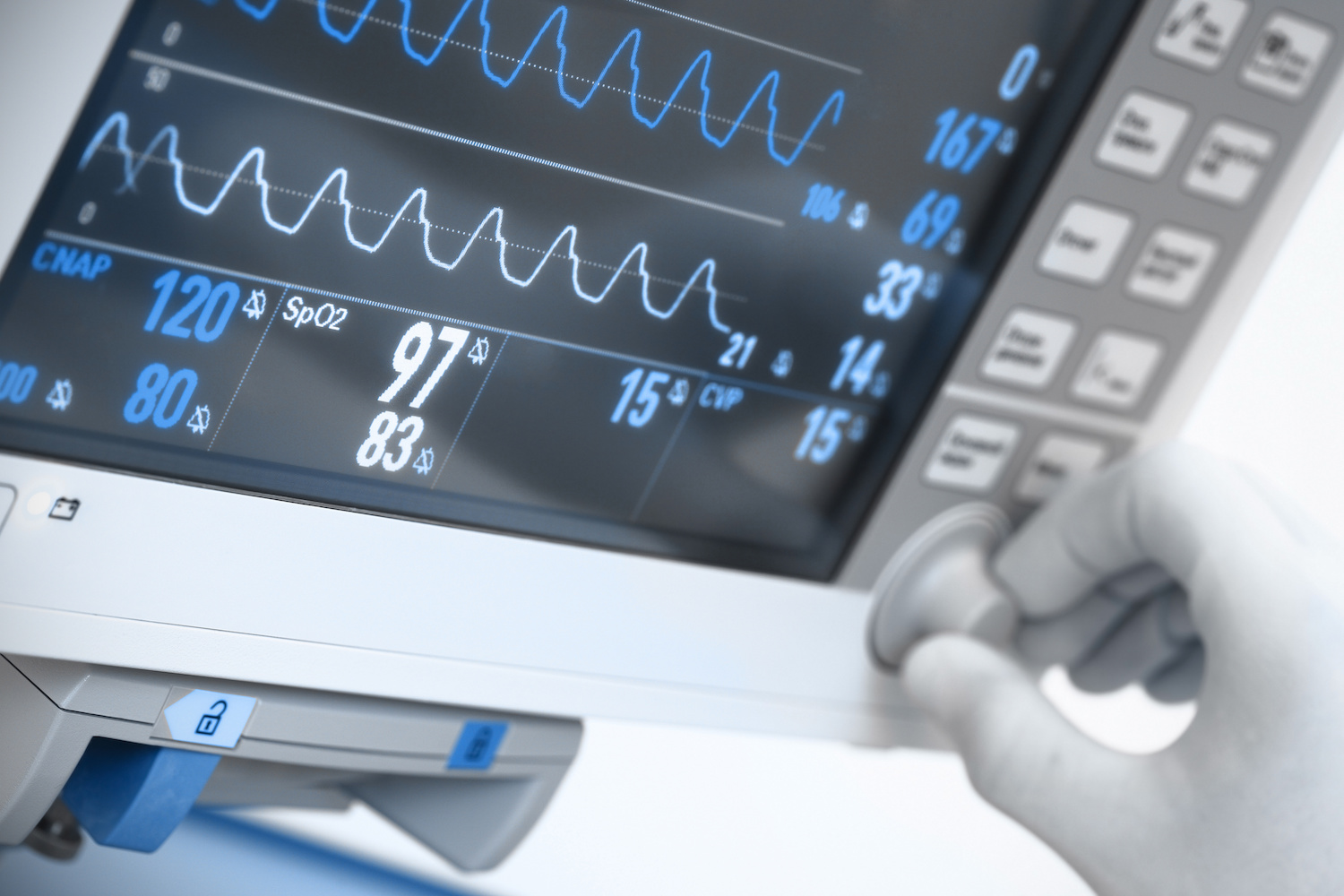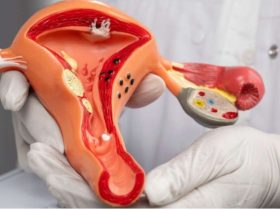In the realm of healthcare, the importance of modern and efficient medical equipment cannot be overstated. Whether it’s the reliable heart monitor in a hospital or the comfortable prosthetic leg aiding someone’s mobility, upgrading these tools regularly brings significant benefits.
Let’s delve into six compelling reasons why staying current with medical equipment advancements is crucial.
Enhanced Patient Care
Upgrading medical equipment leads to improved patient care. Advanced machines offer more accurate diagnoses, ensuring that doctors can detect and treat illnesses more effectively. For instance, a state-of-the-art MRI scanner provides clearer images, helping physicians pinpoint medical issues with greater precision. This results in better treatment plans and ultimately, faster recovery times for patients.
Increased Efficiency
Newer medical equipment is designed to be more efficient than older models. This efficiency translates into streamlined processes and reduced waiting times for patients. Imagine a busy emergency room where a faster and more responsive defibrillator can make all the difference in saving lives.
Upgraded equipment helps healthcare providers deliver prompt care, enhancing overall operational efficiency.
Cost Savings in the Long Run
While the initial investment in upgrading medical equipment may seem daunting, it often leads to long-term cost savings. Modern devices are engineered to be more energy-efficient, which lowers utility bills over time. Moreover, they require less maintenance and repair compared to older models, reducing unforeseen expenses.
Like for instance, in the case of a comfortable prosthetic leg, newer materials and designs may enhance durability, minimizing replacement costs for patients.
Compliance with Regulations
Healthcare standards and regulations are continually evolving to ensure patient safety and quality of care. Regularly updating medical equipment helps healthcare facilities remain compliant with these regulations.
This adherence not only avoids penalties but also builds trust with patients, who expect facilities to use the latest technology for their well-being.
Staff Satisfaction and Retention
Medical professionals rely on advanced equipment to perform their jobs effectively. Upgraded tools simplify tasks, allowing staff to focus more on patient interaction and less on navigating outdated technology. This shift can improve job satisfaction and reduce burnout among healthcare providers.
For example, a nurse using a modern infusion pump can administer medications more accurately and with greater ease, enhancing overall job satisfaction.
Competitive Edge in Healthcare
In today’s competitive healthcare landscape, facilities that invest in state-of-the-art equipment often attract more patients. People are increasingly aware of the impact technology has on healthcare outcomes and are more likely to choose providers with advanced capabilities.
Upgraded medical equipment not only enhances patient confidence but also strengthens the institution’s reputation for delivering high-quality care.
Conclusion
The decision to regularly upgrade medical equipment is not just about staying current with technology; it’s about prioritizing patient care, operational efficiency, and regulatory compliance. From enhancing diagnostic accuracy with advanced imaging tools to improving staff satisfaction through user-friendly devices, the benefits are clear.
By investing in modern medical equipment, healthcare providers can ensure they are delivering the best possible care to their patients while maintaining a competitive edge in the industry.












